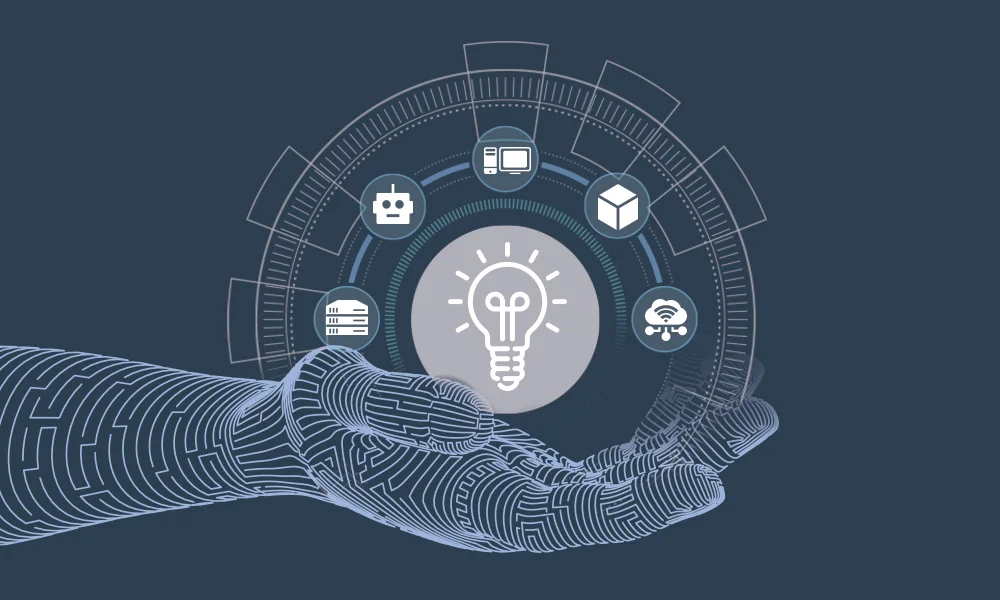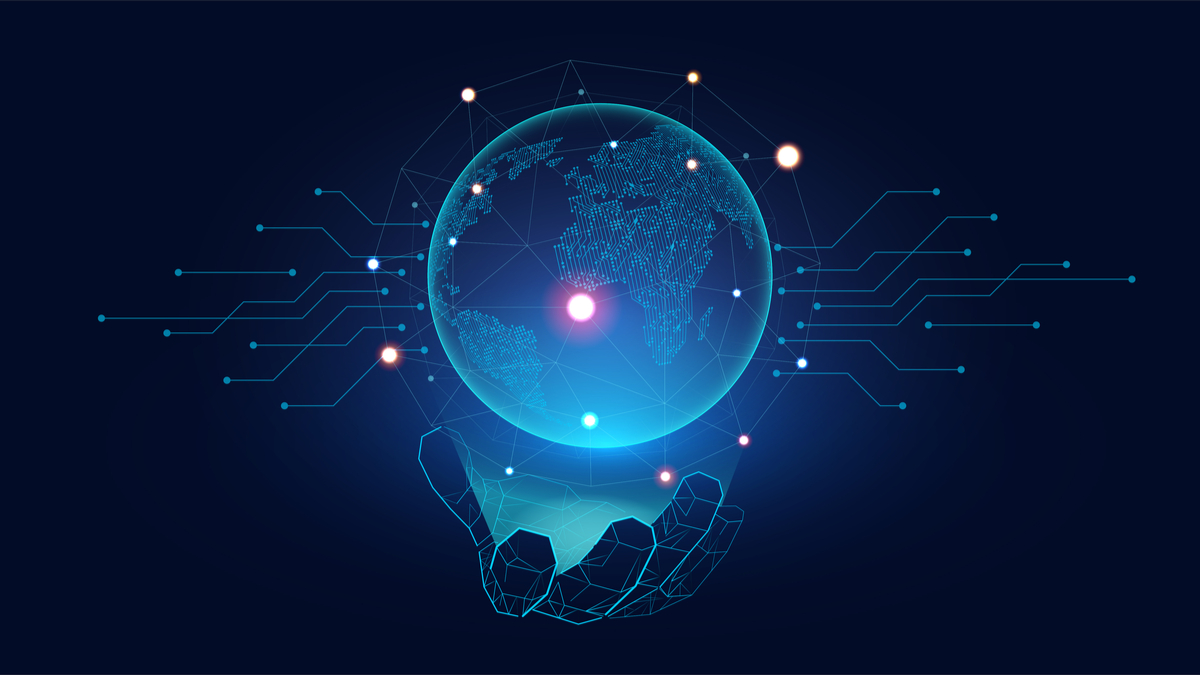The relentless march of technological innovation is continuously reshaping every facet of human existence. From the pervasive intelligence of Artificial Intelligence (AI) and the decentralized promise of blockchain to the immersive realms of the metaverse and the transformative potential of quantum computing, emerging technologies are pushing the boundaries of what’s possible. While these advancements promise unprecedented efficiencies, revolutionary services, and novel forms of interaction, they simultaneously introduce a complex web of unforeseen legal risks. Traditional legal frameworks, often designed for a less complex and slower-paced world, are struggling to keep pace, creating regulatory voids and challenging established notions of liability, privacy, intellectual property, and ethical conduct. Navigating this intricate legal landscape requires foresight, adaptability, and a proactive approach from innovators, businesses, and policymakers alike. This article offers an in-depth exploration of the escalating legal risks posed by emerging technologies, dissecting the key drivers behind these new challenges, the specific legal domains most impacted, the formidable hurdles in developing effective regulation, and the imperative for comprehensive strategies to manage risk and foster responsible innovation.
The Drivers of New Legal Risks from Emerging Tech

The rapid ascent of emerging technologies isn’t just about innovation; it’s about disruption, and disruption inevitably creates new points of legal friction. Several key factors contribute to the novel legal risks we’re witnessing.
A. Unprecedented Autonomy and Decision-Making Capabilities
Many emerging technologies, particularly advanced AI and autonomous systems, possess the ability to make decisions and perform actions with minimal or no direct human intervention. This autonomy directly challenges traditional legal concepts of fault, intent, and liability. When an AI system causes harm, whether it’s a self-driving car accident or a biased lending decision, attributing responsibility becomes incredibly complex. Is it the developer, the deployer, the data provider, or the user?
B. Algorithmic Opacity and “Black Box” Problems
Many sophisticated AI models, especially those based on deep learning, operate as “black boxes.” Their internal decision-making processes can be incredibly opaque, even to their creators. This lack of transparency, known as algorithmic opacity, makes it exceedingly difficult to audit, explain, or reverse-engineer decisions. Legally, this complicates proving negligence, identifying sources of bias, or providing a “right to explanation” to affected individuals, hindering accountability and due process.
C. Vast and Intrusive Data Collection and Processing
Emerging technologies thrive on data, often collecting, processing, and inferring insights from vast quantities of personal, sensitive, and behavioral information. This ubiquitous data processing magnifies privacy risks. Concerns range from the erosion of individual anonymity and the potential for surveillance to the challenges of securing massive datasets and complying with rapidly evolving global data protection regulations (like GDPR or CCPA).
D. The Creation of New Asset Classes and Digital Realms
Technologies like blockchain and the metaverse are introducing entirely new forms of digital assets (e.g., NFTs, cryptocurrencies, virtual land) and creating immersive digital environments. This necessitates a re-evaluation of fundamental legal concepts like:
- Ownership: What does it mean to “own” a digital asset that only exists as code on a distributed ledger or within a virtual world?
- Intellectual Property: Who owns the copyright to AI-generated art, or the trademark for a brand operating solely in the metaverse?
- Jurisdiction: Which laws apply to transactions or interactions occurring in a borderless virtual world?
E. Global Reach and Borderless Operation
Many emerging technologies operate on a global scale by default. AI models are trained on worldwide data, blockchain networks transcend national borders, and metaverse platforms aim for universal accessibility. This inherent borderlessness creates significant jurisdictional dilemmas for regulators, making it challenging to enforce national laws and address cross-border harms.
F. Unforeseen Societal and Ethical Impacts
The transformative power of emerging tech often brings unforeseen societal and ethical consequences. This includes potential job displacement due to automation, the amplification of misinformation through generative AI, ethical concerns in biotechnology (e.g., gene editing), or the environmental impact of certain technologies (e.g., crypto mining). Legal frameworks are often reactive, struggling to anticipate and address these novel ethical dilemmas.
Key Legal Domains Impacted by Emerging Technologies
The legal risks posed by emerging technologies permeate nearly every area of law, forcing a re-evaluation of established principles.
A. Liability and Tort Law
This is arguably the most immediate and complex area of impact.
- Autonomous Systems Liability: Determining who is liable for accidents or damages caused by self-driving cars, autonomous drones, or AI-driven robots. Is it the manufacturer, the software developer, the owner/operator, or a combination?
- Algorithmic Harm: Assigning liability for harm caused by biased AI algorithms in areas like loan applications, hiring decisions, or criminal justice risk assessments. Proving negligence or intent when the decision-maker is an opaque algorithm is a significant hurdle.
- Product Liability: Extending traditional product liability laws (which often focus on physical defects) to encompass software vulnerabilities, algorithmic flaws, or cyber-physical system failures.
B. Data Privacy and Protection Law
The data-intensive nature of emerging tech directly challenges privacy norms.
- Massive Data Collection and Inferences: How to regulate the collection of vast amounts of personal data, including biometric data (e.g., facial recognition), and the inferences drawn about individuals through AI analysis.
- Consent Mechanisms: Ensuring meaningful consent for data processing by complex AI systems, especially when data usage evolves.
- Anonymity vs. Re-identification: The challenge of maintaining true anonymity in large datasets when AI can potentially re-identify individuals from seemingly anonymized data.
- Cross-Border Data Flows: Navigating conflicting global data privacy regulations when AI models are trained on international datasets or services operate across borders.
C. Intellectual Property (IP) Law
The creative and inventive capabilities of AI fundamentally shake IP foundations.
- AI Authorship/Inventorship: Can an AI be recognized as an author (for copyright) or an inventor (for patents)? Most current IP laws require human creation. If not, who owns the IP generated by AI? The developer, the user, or no one?
- AI Infringement: Whether the act of training an AI model on copyrighted material constitutes copyright infringement (“input infringement”), and whether AI-generated output that resembles existing works constitutes infringement (“output infringement”).
- Trademark in Virtual Worlds: Protecting brand trademarks and preventing infringement in the metaverse and other virtual environments.
- Trade Secrets for AI Models: Protecting the proprietary algorithms, training data, and unique methodologies behind AI systems as trade secrets.
D. Consumer Protection Law
Emerging tech introduces new avenues for consumer harm and manipulation.
- Algorithmic Pricing and Manipulation: Regulating dynamic pricing models driven by AI that could discriminate against certain consumers or engage in manipulative practices.
- “Dark Patterns” and AI-Driven Persuasion: Addressing AI-powered user interfaces that use subtle psychological nudges to trick consumers into unfavorable choices.
- Product Safety for Smart Devices: Ensuring the safety and security of IoT devices, smart home appliances, and other connected products that integrate AI, beyond traditional physical safety.
- Misinformation and Deepfakes: Combatting AI-generated misinformation, synthetic media (deepfakes), and fraudulent content that can mislead or harm consumers.
E. Competition/Antitrust Law
The market power of tech giants leveraging emerging tech raises antitrust concerns.
- Dominance through Data: How to regulate market dominance derived from exclusive access to vast datasets that fuel AI development, potentially creating insurmountable barriers to entry for competitors.
- Algorithmic Collusion: The potential for AI algorithms used by different companies to inadvertently or intentionally collude on pricing or market behavior.
- Killer Acquisitions: Preventing large tech companies from acquiring smaller AI startups to stifle potential future competition.
F. Cybersecurity Law
The interconnectedness and complexity of emerging tech exacerbate cybersecurity risks.
- Vulnerability of IoT Devices: Regulating the security of billions of interconnected IoT devices, often with weak security features, creating massive attack surfaces.
- Quantum Computing Threats: Anticipating and regulating the potential threats from quantum computing to current encryption standards.
- AI as a Weapon: Addressing the legal implications of AI being used for advanced cyberattacks, including autonomous malware or AI-driven reconnaissance.
G. Employment and Labor Law
Automation and AI impact the workforce, raising legal questions.
- Job Displacement: The ethical and social implications of AI-driven automation leading to significant job displacement, and potential needs for new social safety nets.
- Algorithmic Management: Regulating the use of AI for performance monitoring, scheduling, and hiring decisions to ensure fairness, transparency, and prevent bias.
- Worker Rights in Autonomous Environments: Defining worker rights in environments where human interaction is heavily mediated or controlled by AI.
Challenges in Developing Effective Regulation for Emerging Tech

Crafting meaningful and effective legal frameworks for rapidly evolving technologies is a formidable task for policymakers.
A. Pace of Innovation vs. Regulatory Lag
The most significant challenge is the regulatory lag. Technology innovates at an exponential pace, while legislation and legal precedent evolve incrementally. By the time a law is enacted, the technology it seeks to regulate may have already transformed, creating new challenges and rendering the law partially obsolete.
B. Technological Complexity and Knowledge Gap
Many policymakers, lawyers, and judges lack a deep technical understanding of emerging technologies. This knowledge gap hinders the development of nuanced, effective regulations that are proportionate to the risks and do not inadvertently stifle beneficial innovation.
C. Lack of Consensus on Definitions
Even basic definitions for terms like “AI,” “metaverse,” “autonomy,” or “data” can vary widely across jurisdictions and technical communities, making it difficult to legislate consistently or achieve international harmonization.
D. Global Reach and Jurisdictional Conflicts
The inherently borderless nature of many emerging technologies makes national regulation insufficient. Achieving international harmonization requires complex diplomatic efforts, and differing national priorities or legal traditions often impede consensus. This can lead to regulatory arbitrage.
E. Balancing Innovation with Risk Mitigation
Policymakers face a delicate balancing act: how to mitigate potential harms (e.g., privacy violations, algorithmic bias) without stifling the transformative benefits and economic growth that emerging technologies promise. Overly prescriptive regulations can stifle innovation.
F. Predicting Future Harms and Unintended Consequences
It’s incredibly difficult to anticipate all the potential harms and unintended consequences of rapidly evolving technologies. Regulations often have to be reactive, addressing problems only after they manifest, rather than being truly proactive.
Strategic Approaches to Managing Emerging Tech Legal Risks
Given the complexities, organizations and governments must adopt proactive and adaptive strategies to manage the legal risks of emerging technologies responsibly.
A. Adopt a “Responsible by Design” Philosophy
Integrate legal, ethical, and societal considerations into the design and development of emerging technologies from the outset. This includes principles like:
- Privacy by Design: Embedding data protection safeguards from the start.
- Security by Design: Building in robust cybersecurity from the ground up.
- Ethical AI by Design: Incorporating fairness, transparency, and accountability principles into AI development.
- Safety by Design: Ensuring inherent safety features in autonomous systems.
B. Invest in Interdisciplinary Expertise
Build teams and foster collaborations that bridge the gap between legal, technical, and ethical domains. Lawyers need to understand technology, and technologists need to understand legal and ethical implications.
C. Proactive Regulatory Engagement
Engage actively with policymakers, regulators, and standards bodies to help shape the evolving legal landscape. This allows innovators to provide input, share expertise, and advocate for practical, innovation-friendly regulations.
D. Implement Robust Internal Governance Frameworks
Develop strong internal data governance, AI governance, and cybersecurity frameworks that align with best practices and anticipate future regulatory requirements. This includes clear policies, roles, responsibilities, and accountability mechanisms.
E. Utilize Regulatory Sandboxes and Pilot Programs
Governments and regulators should establish “regulatory sandboxes” that allow companies to test innovative technologies in a controlled environment with relaxed regulatory requirements, fostering learning and iterative policy development.
F. Prioritize Transparency and Explainability
For AI systems and other complex technologies, strive for greater transparency in their operation and decision-making processes (“explainable AI” – XAI), making them easier to audit, trust, and comply with future regulations.
G. Participate in Industry Self-Regulation and Standards
Where formal regulation lags, industry bodies and consortia can develop best practices, codes of conduct, and technical standards that address legal and ethical concerns, influencing future formal legislation.
The Future Trajectory of Emerging Tech Legal Risks
The evolution of legal risks from emerging technologies will be dynamic and shaped by several key trends.
A. Increased Harmonization and International Treaties
Expect a stronger push for international cooperation and harmonization of legal frameworks for key emerging technologies, especially in areas like AI governance, cybersecurity, and data privacy, potentially leading to new multilateral treaties or globally accepted standards.
B. Focus on “Impact Assessments” and “Audits”
Regulations will increasingly mandate impact assessments (e.g., AI impact assessments, privacy impact assessments) and independent audits for high-risk emerging technologies to proactively identify and mitigate potential legal, ethical, and societal harms before deployment.
C. Liability Shifts Towards Developers and Deployers
Legal theories on liability for autonomous systems and AI will likely evolve, potentially shifting more responsibility towards developers and deployers who control the design, training, and operational parameters of these technologies.
D. The Rise of “Digital Rights” and “Algorithmic Rights”
The concept of individual rights will expand to encompass “digital rights” (e.g., right to digital identity, right to a digital legacy) and “algorithmic rights” (e.g., right to explanation for algorithmic decisions, right to non-discrimination by algorithms).
E. Regulation of the Metaverse and Virtual Economies
The legal implications of the metaverse will become a primary focus, addressing issues like virtual property rights, in-world intellectual property, fraud within virtual economies, and the conduct of individuals and entities in immersive digital spaces.
F. Ethical AI Oversight Bodies
Expect the establishment of new regulatory or advisory bodies specifically tasked with overseeing the ethical development and deployment of AI, potentially with powers to audit, fine, or even halt the use of high-risk AI systems.
Conclusion
The advent of emerging technologies marks a new chapter in human history, one brimming with potential but also fraught with escalating legal risks. From the intricate questions of liability for autonomous systems to the profound challenges of protecting privacy in a data-rich AI world, the legal landscape is being fundamentally redefined. Ignoring these risks is no longer an option; proactive, thoughtful engagement is paramount for innovators, businesses, and governments alike. Navigating this new legal frontier demands not just a reactive approach to problems but a forward-looking commitment to responsible innovation.
The legal risks posed by emerging technologies are not roadblocks to progress but rather guideposts. By understanding and prudently navigating these complex challenges, societies can unlock the full potential of innovation while building a future that is not only technologically advanced but also just, secure, and respectful of fundamental rights. The path ahead requires continuous vigilance, adaptive thinking, and a steadfast commitment to governing technology for the common good.













